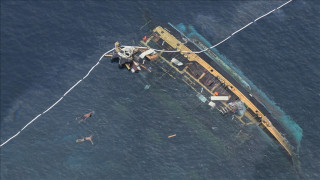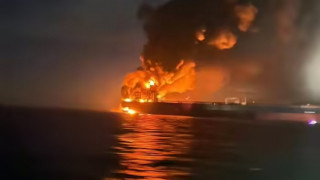
H Bomb (Social Media)
International News: China has recently tested a new military technology that has sparked global concern among defense analysts and security experts. While this weapon does not emit radiation like a nuclear bomb, its destructive power rivals even the most lethal weapons known to man.
Developed by the 705 Research Institute under China’s State Shipbuilding Corporation (CSSC), this new explosive is based on magnesium hydride (MgH₂), a compound that releases hydrogen gas when heated. The result is an extremely hot and long-lasting thermal explosion that can reach temperatures exceeding 1,000°C, with the potential to be up to 15 times more destructive than TNT.
Initially, the research on magnesium hydride was focused on its potential use for clean energy storage, particularly in hydrogen fuel systems. However, Chinese scientists adapted the compound for military use, showcasing how dual-use technologies—developments meant for civilian or energy purposes—can be transformed into instruments of warfare.
The large-scale production of this compound is now underway in Shanxi province, where China has built a dedicated facility capable of producing 150 tons of MgH₂-based explosives annually. This was made possible through an efficient and cost-effective process known as ‘one-pot synthesis’, which allows for quicker and safer production at scale.
The CSSC institute, already renowned for designing torpedoes and unmanned underwater vehicles (UUVs), has now turned its focus toward compact thermal explosives designed for modern battlefields.
These explosives are lightweight and small, making them ideal for precision strikes in strategic locations. They can be used in several key military scenarios:
Although this weapon doesn’t produce radioactive fallout and doesn’t qualify as a nuclear weapon under international law, its destructive potential is comparable to thermonuclear bombs. Because it lacks radiation, China doesn’t classify it as a nuclear weapon, which technically keeps it outside the scope of global treaties like the NPT (Nuclear Non-Proliferation Treaty) and the CTBT (Comprehensive Nuclear-Test-Ban Treaty).
However, the human toll could still be horrific. The explosive burns up oxygen in the surrounding air almost instantly, which could suffocate and shut down vital organs of anyone within its range. Experts warn that if deployed in urban areas, the devastation could be on par with Hiroshima or Nagasaki—minus the lingering radiation.
According to the South China Morning Post, Chinese authorities may consider using this weapon in any future confrontation with Taiwan, especially to neutralize fortified underground bunkers or dense urban military zones. With U.S. military support to Taiwan increasing, such a development could threaten America’s strategic edge in the Indo-Pacific.
China's hydrogen thermal weapon introduces a new category of military threats—low-cost, legally ambiguous, and highly destructive. It blurs the lines between traditional and asymmetric warfare, offering devastating force without violating nuclear arms treaties.
This raises urgent questions for the international community: Can global security frameworks keep pace with rapidly evolving technologies? And more critically, how do we define responsible military power in a world where weapons like this can reshape the battlefield—and the rules of war—overnight?













Copyright © 2025 Top Indian News
